How To Create An Ideal Product Package Label
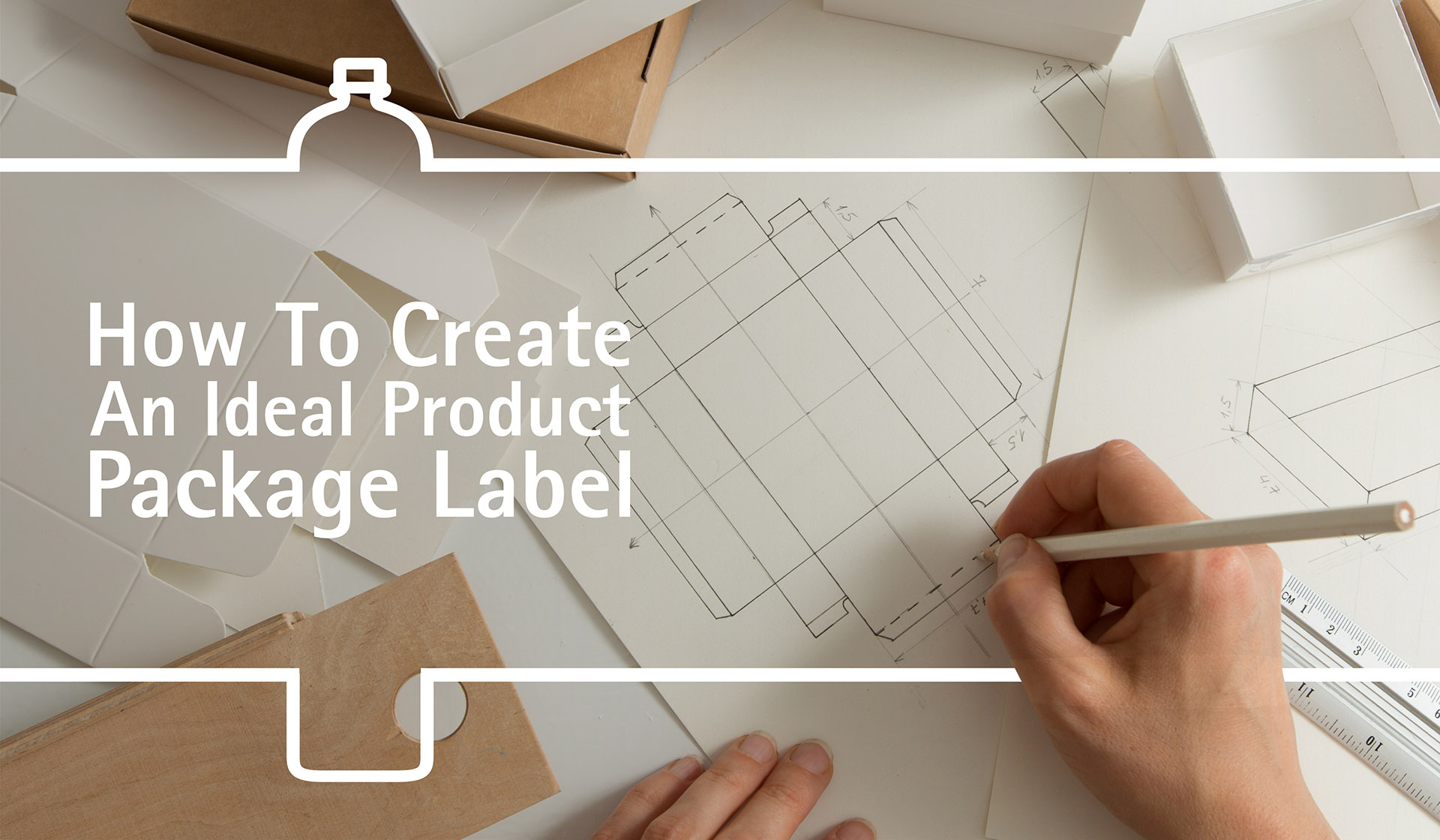
Creating the perfect product package has a variety of challenges, from selecting the appropriate container to choosing the colors of your package and much more. In many ways, your product’s packaging will determine whether consumers purchase your goods or not — even today’s relatively sophisticated consumer still makes plenty of impulse purchases based on appealing packaging.
Product label design is one of the most important elements of packaging your company’s goods, partially because it needs to accomplish several different goals. You should create product labels that include all legally required information about the product, send a clear message to consumers about your brand and your product, and provide head-turning designs to catch consumers’ eyes on store shelves.
Let’s discuss how to create a product label design that accomplishes all of these goals and more, positioning your items for success whether in digital stores or on brick-and-mortar store shelves.

Learn As Much As Possible About Your Target Market
The first step of product label design is to do your due diligence regarding your intended market. Consider every angle when analyzing who will buy your goods. How old are they? Are they primarily men or women? What are their values? Answering these questions will put you on the road to success when you create product labels.
It’s also a good idea to take a look at competing products to see how they design their labels. This can give you some insight into which trends you’d like to incorporate in your product label design, and which ones you’d rather avoid.
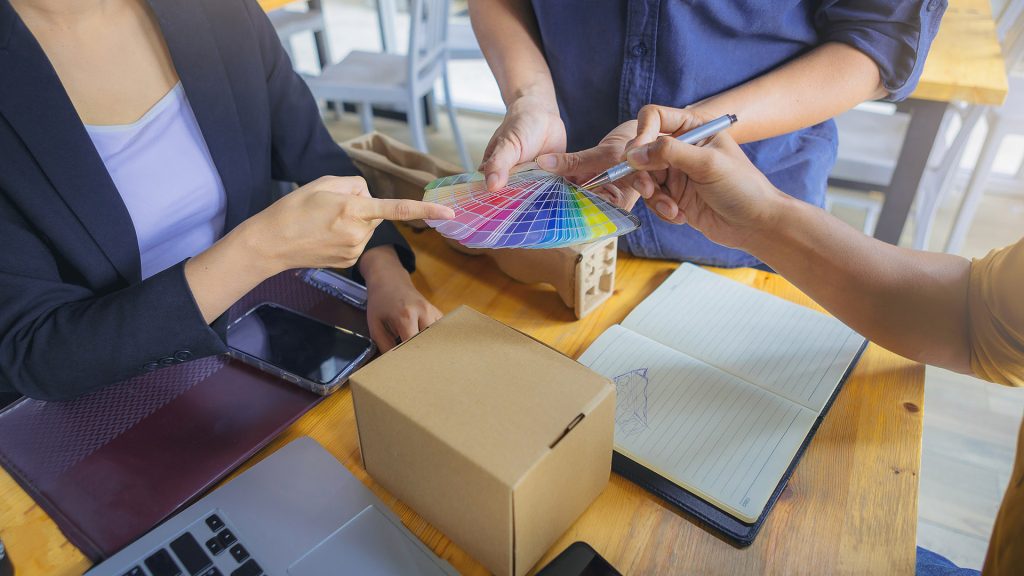
Choose The Right Packaging Material
Before you start designing your label itself, you’ll need to select your packaging. There are countless options for product packages these days, and it can be overwhelming to try and narrow down your options. If this sounds like you, feel free to give BottleStore.com a call at your convenience.
Our representatives know the details of every product in our inventory, and they’ll be happy to help you choose the right package for your products. Make sure to discuss your labeling ideas with our team so we can find a suitable container. The majority of our packages can be easily labeled, and some of them even allow you to print your label directly onto the container!
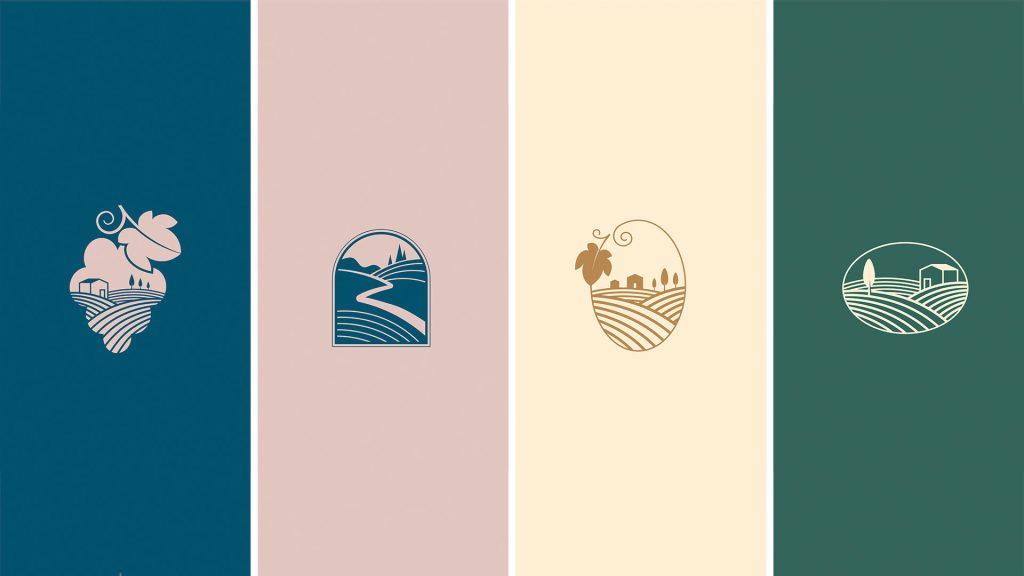
Design Your Brand’s Logo
Creating a memorable custom logo for your brand isn’t always easy, and it can cost a significant amount of money to have one professionally designed. However, this is an expense that frequently pays off. Crafting a logo that customers will remember and associate with your products is a crucial step toward establishing your broader brand identity. It’s also an integral element of product label design aesthetics. It’s best to create a logo that can be used on a wide variety of packages and labels — this way, you’re not limiting yourself when it’s time to create product labels for other items.
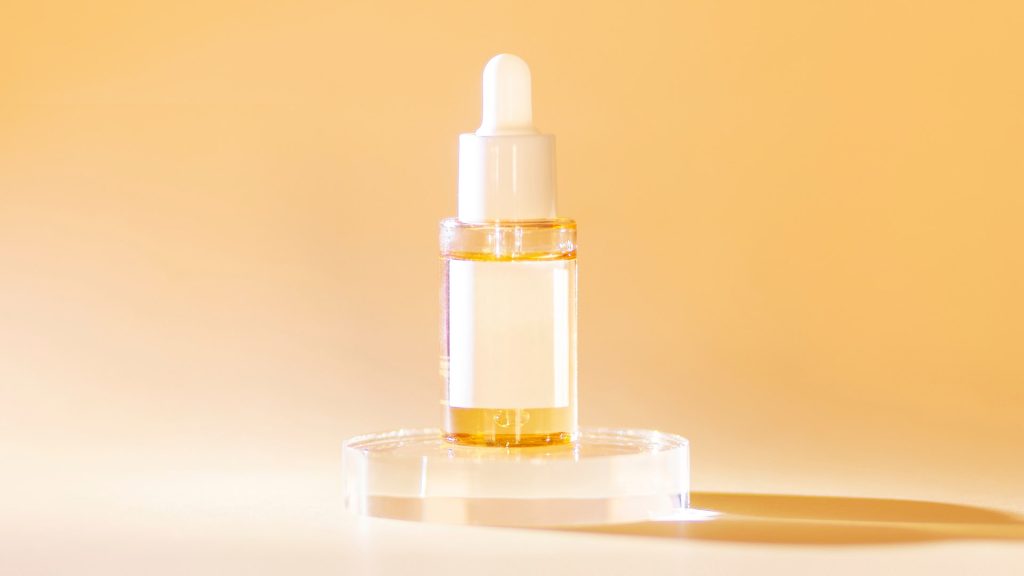
Integrate Clean Design Aesthetics
There are certainly some instances where busy label designs can help market a product, but more often than not, simplicity is the better option. Above all else, you need to ensure that you create product labels that are easy to read, especially concerning crucial information like your brand name, quantities, ingredients, any required legal disclaimers, etc.
It’s also important to not get too cute with the use of fonts. Some brands will try to make certain words or phrases stand out by using various fonts, but the general rule of thumb is, the more fonts you use, the harder your label is to read.
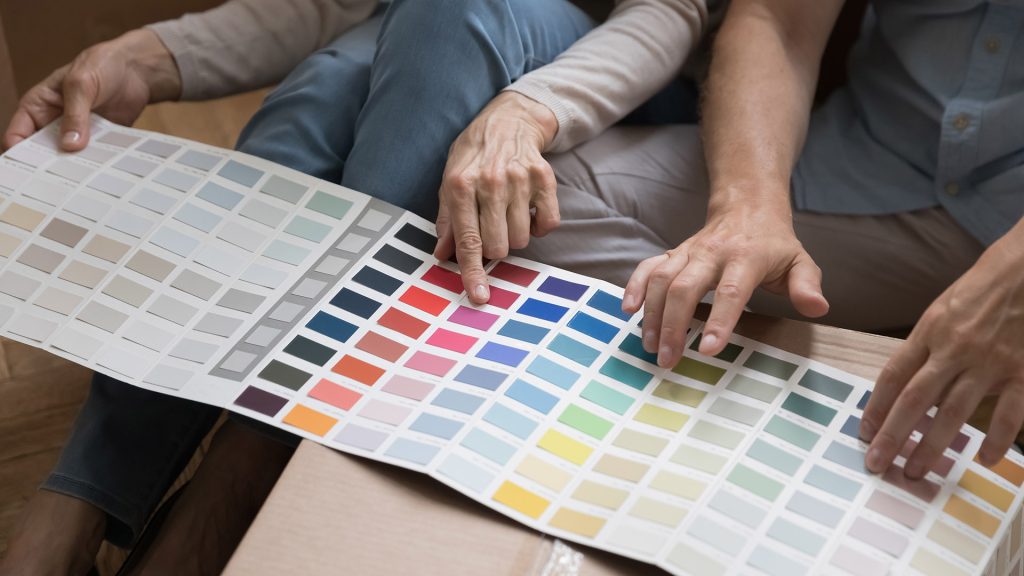
Color Is King
If you’re wondering how to create a product label design that generates an emotional response in consumers, you should dig into the psychology of color usage. When you use color in your product label design, potential consumers make mental connections between your product and what those colors mean to them. For instance, white packages are often used to communicate simplicity or elegance, while black package design evokes feelings of sophistication.
Much like with fonts, it’s important to not go overboard with the use of color, unless you’re going for a 1990s Lisa Frank aesthetic. Using a couple of complementary colors can be a great idea, but going beyond that could make your product label design too busy and visually confusing for shoppers.
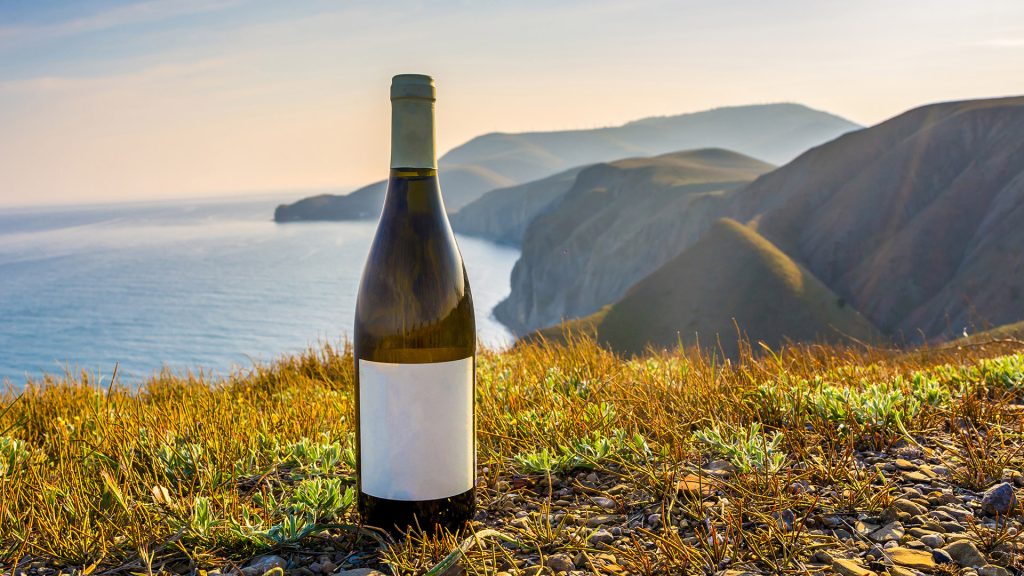
Tell Your Brand’s Story
Successfully communicating your brand’s purpose on a clean and simple package label can be tricky. Still, there are some tried and true methods for telling your company’s story while maintaining a sensible aesthetic. For instance, let’s say you own and operate a natural foods brand that sells organic salad dressing. In this situation, green coloring can be an excellent communicator, as green often represents organic, eco-friendly goods in product label design.
Furthermore, a hand-drawn label design can foster a sense of connection with the natural ingredients used in your all-natural salad dressings. Perhaps you’ll even include a short version of your company’s backstory on a side or rear label. The possibilities are endless — just make sure you create product labels that communicate simple, cohesive messages clearly and cleanly.
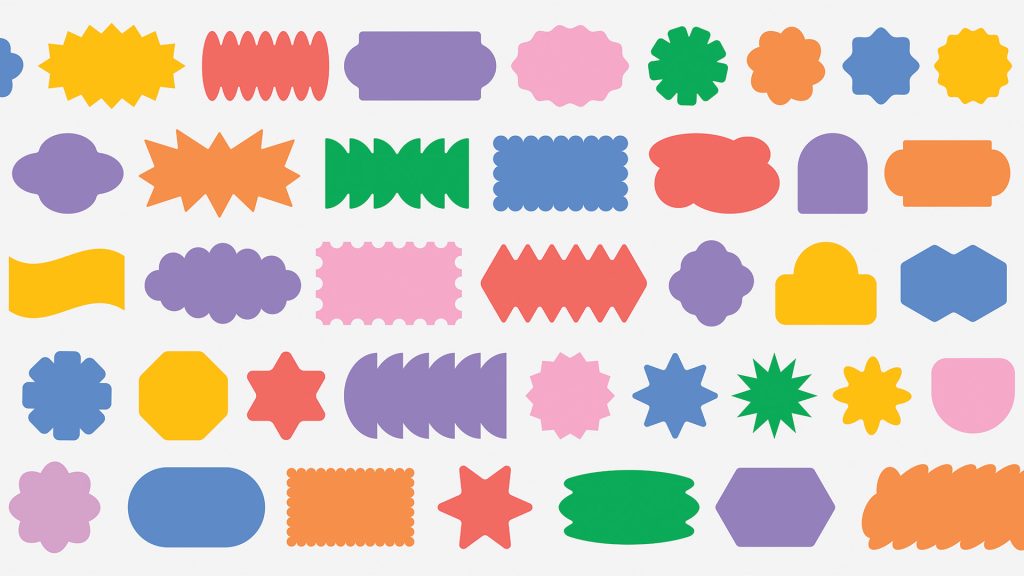
Choose A Label Shape And Finish That Matches Your Product
The other element of how to create product labels we’d like to discuss is the shape and finish you select. You’ll need to decide whether you want a matte or glossy finish, and there are many different options for the shape and size of the label. Purchasing a custom label shape can help your product stand out on store shelves, but it can also increase your printing costs. Meanwhile, a matte finish is an excellent option for brands trying to convey an old-fashioned, classic appeal, while a glossy label can catch customers’ eyes with a shiny appearance.
In Conclusion
If you have questions about any part of this process, or if you just want some more information about the product packaging options BottleStore.com has to offer, contact us today! We look forward to hearing from you and helping you design the perfect packages for your products and labels.

1 thought on “How To Create An Ideal Product Package Label”